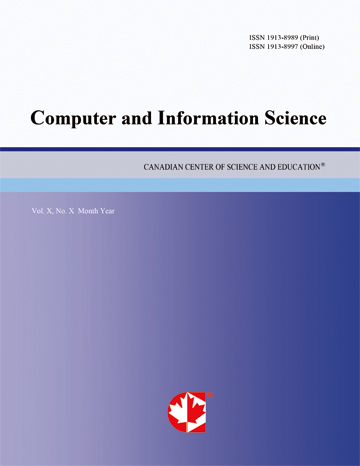Human Identification Based on Geometric Feature Extraction Using a Number of Biometric Systems Available: Review
- Eman Fares Al Mashagba
Abstract
Biometric technology has attracted much attention in biometric recognition. Significant online and offline applications satisfy security and human identification based on this technology. Biometric technology identifies a human based on unique features possessed by a person. Biometric features may be physiological or behavioral. A physiological feature is based on the direct measurement of a part of the human body such as a fingerprint, face, iris, blood vessel pattern at the back of the eye, vascular patterns, DNA, and hand or palm scan recognition. A behavioral feature is based on data derived from an action performed by the user. Thus, this feature measures the characteristics of the human body such as signature/handwriting, gait, voice, gesture, and keystroke dynamics. A biometric system is performed as follows: acquisition, comparison, feature extraction, and matching. The most important step is feature extraction, which determines the performance of human identification. Different methods are used for extraction, namely, appearance- and geometry-based methods. This paper reports on a review of human identification based on geometric feature extraction using several biometric systems available. We compared the different biometrics in biometric technology based on the geometric features extracted in different studies. Several biometric approaches have more geometric features, such as hand, gait, face, fingerprint, and signature features, compared with other biometric technology. Thus, geometry-based method with different biometrics can be applied simply and efficiently. The eye region extracted from the face is mainly used in face recognition. In addition, the extracted eye region has more details as the iris features.- Full Text:
 PDF
PDF
- DOI:10.5539/cis.v9n2p140
Journal Metrics
WJCI (2022): 0.636
Impact Factor 2022 (by WJCI): 0.419
h-index (January 2024): 43
i10-index (January 2024): 193
h5-index (January 2024): N/A
h5-median(January 2024): N/A
( The data was calculated based on Google Scholar Citations. Click Here to Learn More. )
Index
- Academic Journals Database
- BASE (Bielefeld Academic Search Engine)
- CiteFactor
- CNKI Scholar
- COPAC
- CrossRef
- DBLP (2008-2019)
- EBSCOhost
- EuroPub Database
- Excellence in Research for Australia (ERA)
- Genamics JournalSeek
- Google Scholar
- Harvard Library
- Infotrieve
- LOCKSS
- Mendeley
- PKP Open Archives Harvester
- Publons
- ResearchGate
- Scilit
- SHERPA/RoMEO
- Standard Periodical Directory
- The Index of Information Systems Journals
- The Keepers Registry
- UCR Library
- Universe Digital Library
- WJCI Report
- WorldCat
Contact
- Chris LeeEditorial Assistant
- cis@ccsenet.org
